Pandas and Obspy are incredible pieces of software that definitively make my life easier ! In this tutorial, we will get seismic Event data from IRIS using Obspy, then analyse the catalog using Pandas, to end up with a “Seismicity…
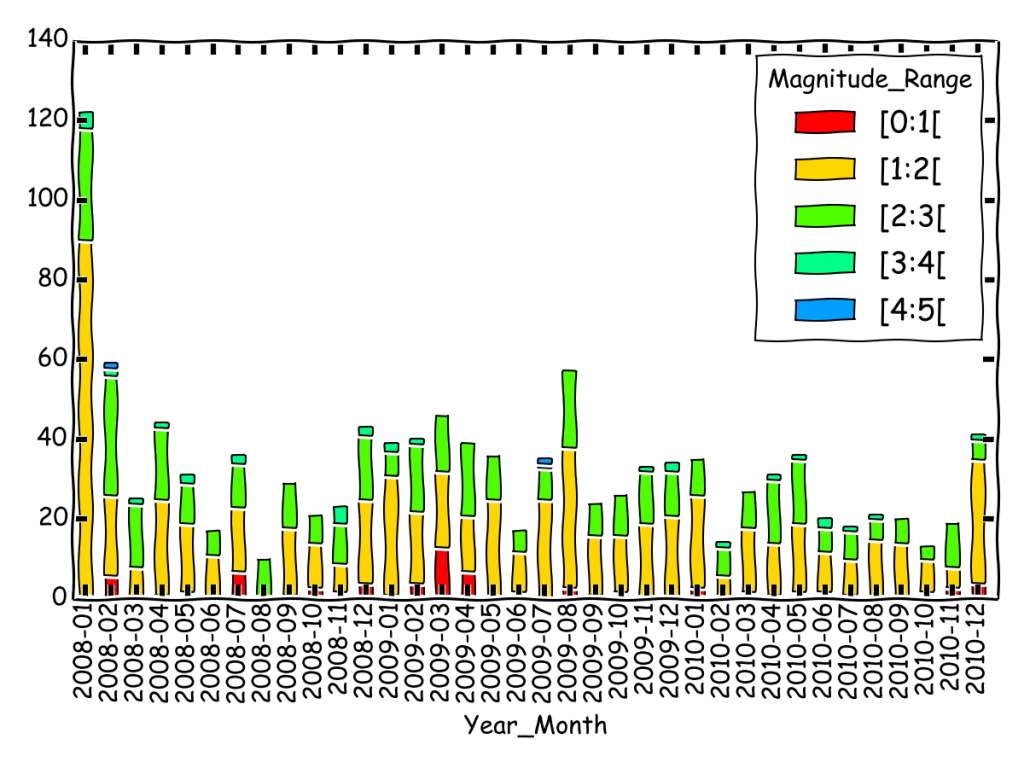
Thomas Lecocq @ the Royal Observatory of Belgium

Pandas and Obspy are incredible pieces of software that definitively make my life easier ! In this tutorial, we will get seismic Event data from IRIS using Obspy, then analyse the catalog using Pandas, to end up with a “Seismicity…

10 months ago, I published the updated version of my tutorial to pack an Enthought TraitsUI based application inside an .exe Windows Executable file, using a standard Python 2.7 install and the Enthought Tool Suite 4.0 (ETS4.0). In April 2013,…
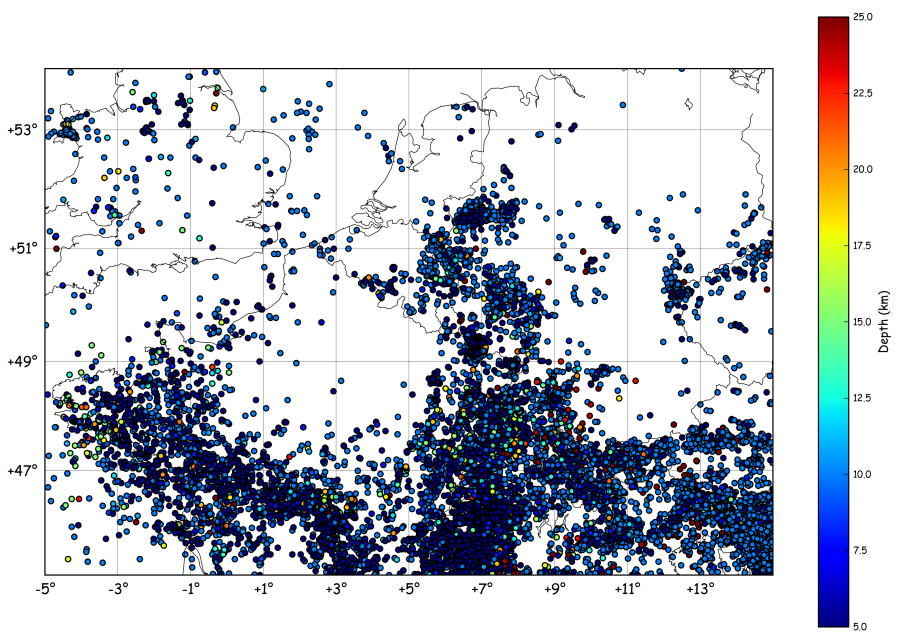
Imagine we want to plot a map of the seismic activity in NW-Europe and, at the same time, count the number events per month. To get a catalogue of earthquakes in the region, one can call the NEIC (note: this…
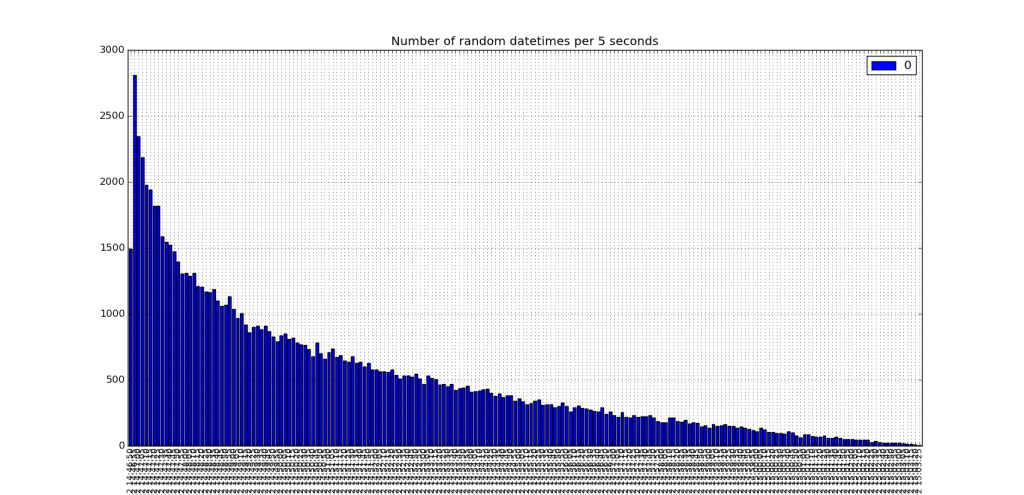
In the coming months, I’ll prepare some tutorials over an excellent data analysis package called pandas ! To show you the power of pandas, just take a look at this old tutorial, where I exploited the power of itertools to…
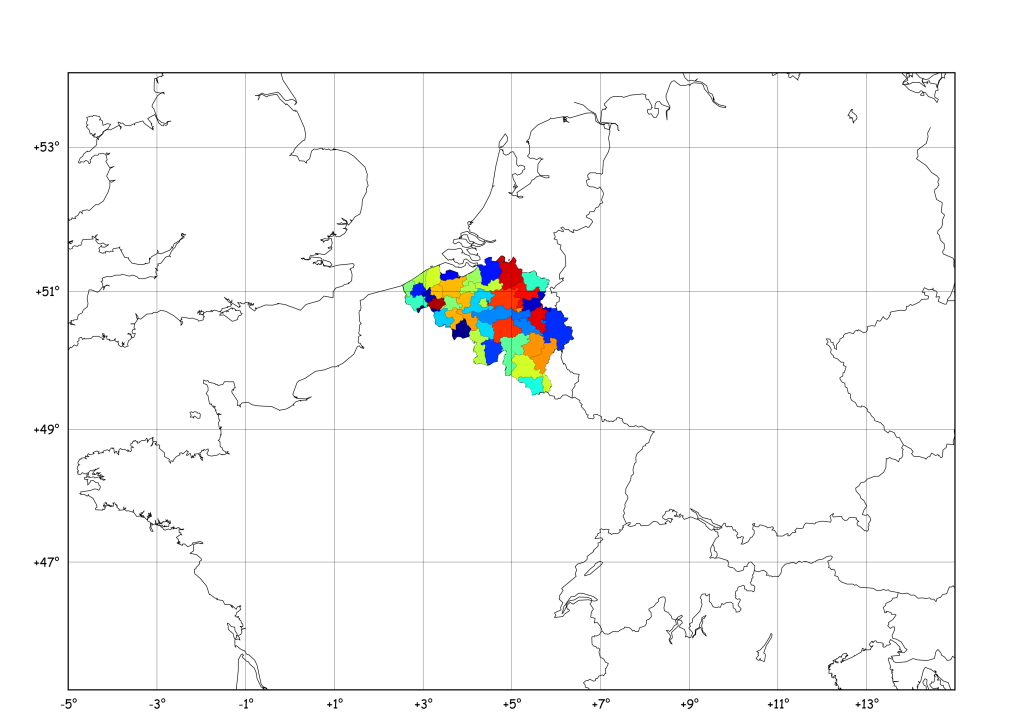
Following the comments on this year-old post I’ve had a look at pyshp which seems a little more maintained (the last line in the changelog is 1 year old…), and it is indeed a quite nice piece of code. I…
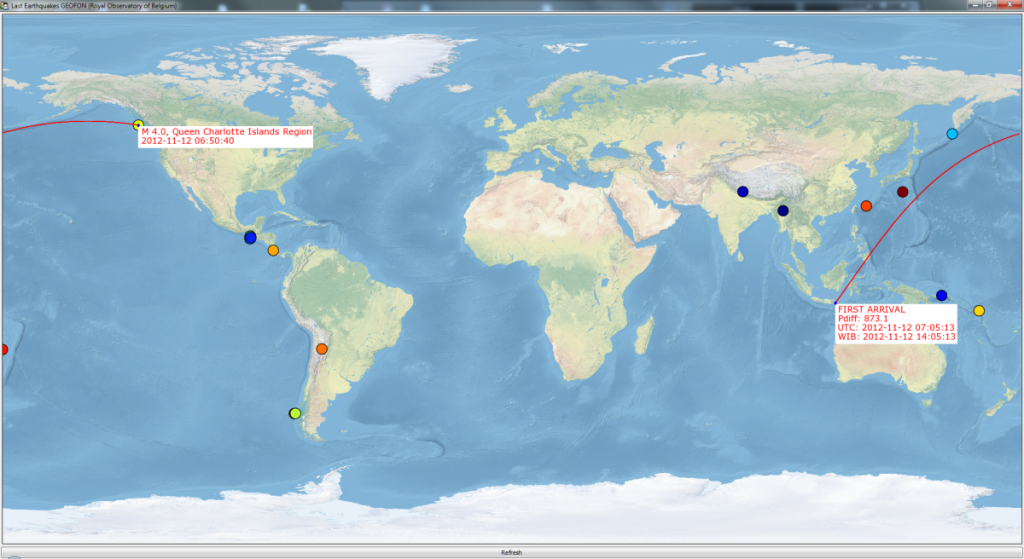
While in Indonesia last July, I created a small tool for the Kawah Ijen observers to allow them to search and plot teleseismic events and to calculate theoretical arrival times of the waves at the Ijen stations. It took roughly…
To extend the previous tutorial (see here), we define a data array that has some information about the event that occurred for each datetime. The plot of data vs time now looks like: The data array is constructed with numpy.random:…
New tutorial, more advanced this time ! Let’s say we have a number of observations, like occurrences of earthquakes, or visitors connecting to a webserver, etc. These observations don’t occur every second, they are sparse on the time axis. To…
To add some interesting information to the previous tutorial, I’ve downloaded the number of licence plates given for new cars in Belgium for the same time span: 2005 587764 2006 633570 2007 644313 2008 652590 2009 571001 2010 642086 2011…
Anyone who has played a little with dates know how painful it can be… Even more when you want to plot this data !! Matplotlib provides (link) a dates API, but to be honnest, even if the documentation is well…
Everyone used to search for code snippets on the web know the importance of a “Gallery” linking to all examples and tutorials… So, here is my really ugly Gallery :
In the previous tutorial, I defined a “shoot” method to compute the landing point of a shoot from one point, to a given azimuth and distance. Using this logic, it’s possible to find the points situated at a given distance…
Dear visitors, I’m always searching new ideas of preparing new tutorials for things doable with Basemap, but I’d like these examples to be as useful as possible, which means : If you have something you would like to appear here,…
Hi folkes, Following a question by Gui on this website, I checked the “how to” draw pie charts on a basemap plot ! Here below I generalise the example given by Manuel Metz on the matplotlib website. The idea is…
Here, we will focus on adding a “zoom box” on the top left corner of the plot. But before that, we will mask a part of the earthquakes, in order to have a “cleaner” map ! This is achieved by…
Now, let’s imagine we have a dataset containing latitude/longitudes of earthquakes, plus their depth and magnitude. Of course, you don’t always have this dataset available, so let’s build a fake one : import numpy as np lon = np.random.random_integers(11,79,1000)/10. lat…
# # BaseMap example by geophysique.be # tutorial 01 from mpl_toolkits.basemap import Basemap import matplotlib.pyplot as plt import numpy as np fig = plt.figure(figsize=(11.7,8.3)) #Custom adjust of the subplots plt.subplots_adjust(left=0.05,right=0.95,top=0.90,bottom=0.05,wspace=0.15,hspace=0.05) ax = plt.subplot(111) #Let’s create a basemap around Belgium m…